Home>Furniture & Design>Bathroom Accessories>How To Remove Stains In Bathtub
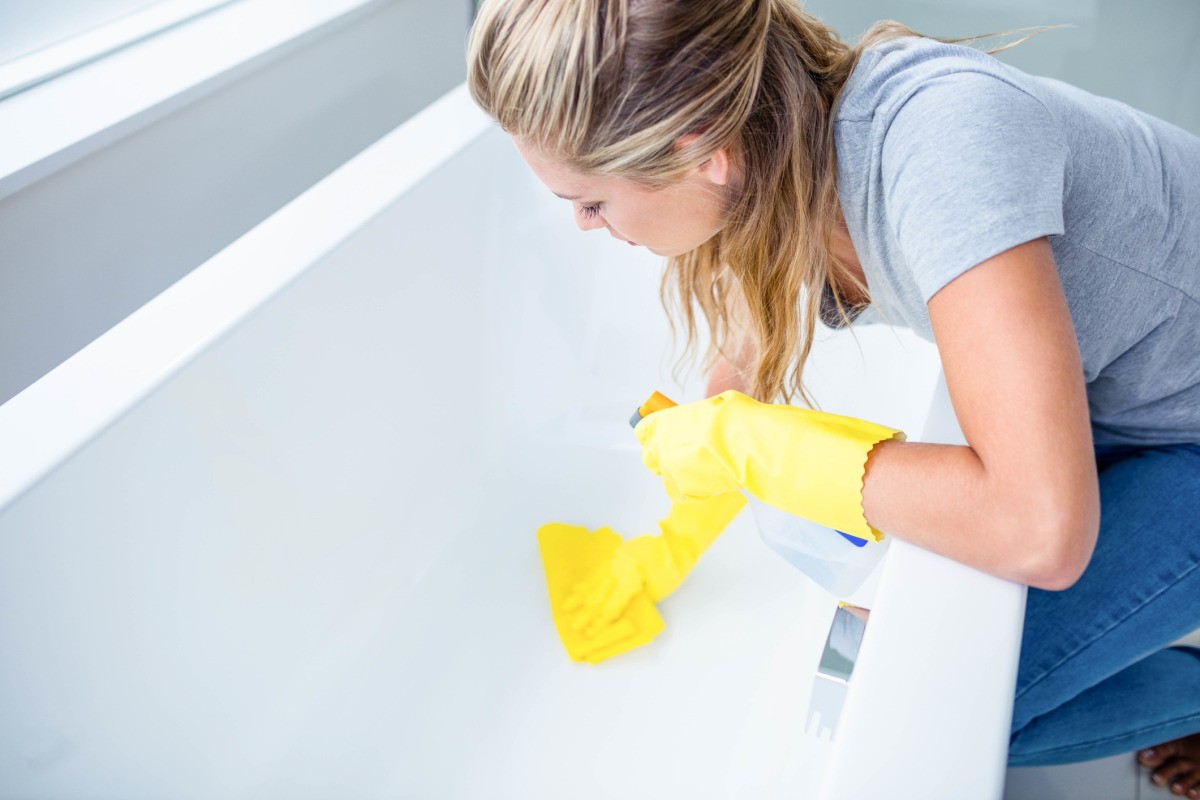

Bathroom Accessories
How To Remove Stains In Bathtub
Modified: April 22, 2024
Learn effective techniques for removing stubborn stains from your bathtub with our top bathroom accessories. Say goodbye to unsightly marks and enjoy a sparkling clean tub today!
(Many of the links in this article redirect to a specific reviewed product. Your purchase of these products through affiliate links helps to generate commission for Storables.com, at no extra cost. Learn more)
Introduction
A pristine and inviting bathtub can be a sanctuary for relaxation and rejuvenation. However, over time, unsightly stains can mar its beauty and diminish the overall appeal of your bathroom. Whether it's the result of hard water, soap scum, or mineral deposits, these stains can be stubborn and challenging to remove. Fortunately, there are various methods and products available to restore your bathtub to its former glory.
In this comprehensive guide, we will explore the common types of stains that can afflict bathtubs, along with natural remedies and commercial cleaning products that effectively combat these blemishes. Additionally, we will delve into preventive measures to help you maintain a spotless bathtub in the future.
By the end of this article, you will be equipped with the knowledge and techniques to tackle stains in your bathtub, ensuring a clean and inviting bathing space for you and your family. So, let's embark on this journey to discover the secrets of stain removal and maintenance for a sparkling bathtub.
Key Takeaways:
- Say goodbye to bathtub stains with natural remedies like baking soda and vinegar, lemon juice, and hydrogen peroxide. These eco-friendly solutions effectively combat hard water, soap scum, and mold stains, restoring your bathtub to its sparkling best.
- Prevent future bathtub stains by establishing a regular cleaning schedule, using a squeegee after each use, ensuring proper ventilation, and promptly addressing plumbing leaks. These simple habits will keep your bathtub looking pristine and inviting.
Read more: How To Remove Turmeric Stains From A Bathtub
Common Types of Stains in Bathtub
Stains in bathtubs can be caused by various factors, and understanding the different types of stains is crucial for effective removal. Here are the common types of stains that can afflict bathtubs:
1. Hard Water Stains
Hard water contains a high concentration of minerals such as calcium and magnesium. When hard water comes into contact with the surface of the bathtub and evaporates, it leaves behind mineral deposits that manifest as cloudy or white stains. These stains can be particularly stubborn and resistant to regular cleaning methods.
2. Soap Scum
Soap scum is a filmy residue that forms when the fatty acids in soap mix with minerals in water. Over time, this residue can accumulate on the bathtub's surface, resulting in a dull, hazy appearance. Soap scum stains are often challenging to remove and can make the bathtub look unclean and unkempt.
3. Rust Stains
Rust stains can occur when metal objects, such as shaving razors or metal containers, come into contact with the bathtub's surface. The presence of moisture can cause these metal items to rust, leaving behind unsightly reddish-brown stains. Rust stains not only detract from the bathtub's aesthetic appeal but also indicate potential damage to the surface.
Read more: How To Remove Stains From Plastic Bathtub
4. Mildew and Mold
The moist and humid environment of the bathroom provides an ideal breeding ground for mildew and mold. These fungal growths can appear as dark, discolored patches on the bathtub's surface, often accompanied by a musty odor. Mildew and mold stains not only detract from the visual appeal of the bathtub but also pose health risks if left unchecked.
5. Mineral Deposits
Mineral deposits, also known as limescale, can accumulate on the bathtub's surface due to the presence of dissolved minerals in water. These deposits can appear as crusty, off-white or yellowish stains, particularly around the water fixtures and drainage areas. Mineral deposits can be challenging to remove and may require specialized cleaning methods.
Understanding the nature of these common stains is essential for selecting the most effective removal techniques. Whether it's combating hard water stains, soap scum, rust stains, mildew, or mineral deposits, each type of stain requires targeted approaches to achieve optimal results. Now that we've identified the common culprits behind bathtub stains, let's explore natural and commercial methods for effectively removing these blemishes.
Natural Methods for Removing Stains
When it comes to removing stains from your bathtub, natural methods offer effective and environmentally friendly solutions. These methods utilize common household ingredients and are gentle on the bathtub's surface while being tough on stains. Here are some natural remedies for removing different types of stains:
1. Baking Soda and Vinegar
A powerful combination for tackling tough stains, baking soda and vinegar create a foaming reaction that helps lift and dissolve grime and mineral deposits. To use this method, sprinkle baking soda liberally over the stained areas, then spray or pour vinegar over the baking soda. Allow the mixture to fizz and bubble for a few minutes before scrubbing the surface with a non-abrasive sponge or brush. Rinse thoroughly with water to reveal a cleaner bathtub surface.
2. Lemon Juice
Lemon juice's natural acidity makes it an excellent choice for combating hard water stains and soap scum. Simply cut a lemon in half and rub it directly onto the stained areas. Allow the lemon juice to sit for a few minutes to break down the stains, then scrub the surface with a sponge or cloth. The refreshing citrus scent of lemon adds an extra touch of freshness to your cleaning routine.
3. White Vinegar Soak
For stubborn mineral deposits and rust stains, a white vinegar soak can work wonders. Fill the affected areas with white vinegar and allow it to sit for several hours or overnight. The acidic properties of vinegar help dissolve mineral buildup and rust, making it easier to wipe away the stains with a cloth or sponge. After the soak, rinse the bathtub thoroughly to remove any residual vinegar.
4. Hydrogen Peroxide and Cream of Tartar Paste
This powerful paste is particularly effective for tackling mildew and mold stains. Mix hydrogen peroxide and cream of tartar to form a thick paste, then apply it to the affected areas. Let the paste sit for an hour before scrubbing the stains with a brush or sponge. The combined properties of hydrogen peroxide and cream of tartar help break down and lift stubborn mildew and mold stains, leaving your bathtub looking fresh and clean.
By harnessing the natural cleaning power of these ingredients, you can effectively remove stains from your bathtub without resorting to harsh chemicals. These natural methods not only provide a safe and eco-friendly approach to stain removal but also contribute to a healthier and more sustainable cleaning routine. With these natural remedies at your disposal, you can restore your bathtub to its pristine condition and enjoy a sparkling, stain-free bathing experience.
Commercial Cleaning Products
When natural remedies may not provide the desired results, commercial cleaning products offer a potent solution for tackling stubborn stains in bathtubs. These specialized products are formulated with powerful ingredients designed to dissolve and lift tough stains, restoring the bathtub's surface to its original luster. Here are some effective commercial cleaning products that can effectively combat various types of bathtub stains:
-
Bleach-Based Cleaners: Bleach-based cleaners are highly effective for removing tough stains, including mold, mildew, and soap scum. The potent bleaching agents in these cleaners penetrate and break down stubborn stains, leaving the bathtub surface visibly cleaner and brighter. It is important to use bleach-based cleaners in well-ventilated areas and to follow the manufacturer's instructions for safe and effective use.
-
Limescale Removers: Specifically formulated to target mineral deposits and limescale, these cleaners contain acidic compounds that dissolve and eliminate crusty stains caused by hard water. Limescale removers effectively restore the bathtub's shine by breaking down mineral buildup, making it easier to wipe away the stains and reveal a clean, polished surface.
-
Rust Stain Removers: For rust stains caused by metal objects or fixtures, rust stain removers offer a targeted solution. These products contain rust-dissolving agents that effectively eliminate reddish-brown stains, restoring the bathtub's appearance and preventing further corrosion. When using rust stain removers, it is essential to follow safety precautions and ensure proper ventilation.
-
Multi-Purpose Cleaners: Versatile and convenient, multi-purpose cleaners are designed to tackle a wide range of stains, including soap scum, hard water stains, and general grime. These all-in-one cleaners offer the convenience of a single product that can effectively combat multiple types of bathtub stains, simplifying the cleaning process and delivering impressive results.
-
Gel Cleaners: Gel-based cleaning products adhere to vertical surfaces, making them ideal for targeting specific areas of the bathtub, such as grout lines and textured surfaces. These thick, clinging gels effectively penetrate and dissolve stubborn stains, providing a thorough and targeted cleaning solution for hard-to-reach areas.
When selecting commercial cleaning products, it is important to consider the specific type of stain and the material of your bathtub to ensure compatibility and safe use. Additionally, always follow the manufacturer's instructions and safety guidelines when using commercial cleaners to achieve optimal results while maintaining a clean and well-maintained bathtub.
By incorporating these commercial cleaning products into your cleaning routine, you can effectively combat tough stains and restore the pristine condition of your bathtub, ensuring a welcoming and hygienic bathing environment for you and your family.
Read more: How To Remove Bleach Stains From Bathtub
Preventing Stains in the Future
Maintaining a spotless bathtub is not just about removing existing stains; it also involves implementing preventive measures to minimize the recurrence of unsightly blemishes. By adopting proactive strategies and incorporating regular maintenance into your cleaning routine, you can effectively prevent stains from taking hold in the future. Here are some essential tips for preventing stains in your bathtub:
-
Regular Cleaning Schedule: Establishing a consistent cleaning schedule for your bathtub is crucial in preventing the buildup of grime, soap scum, and mineral deposits. By regularly cleaning the bathtub surface with mild, non-abrasive cleaners, you can prevent stains from becoming deeply embedded and more challenging to remove.
-
Squeegee After Use: After each use, consider using a squeegee to remove excess water from the bathtub's surface. This simple practice helps prevent water spots and mineral deposits from forming, particularly in areas with hard water. By minimizing the drying of water on the surface, you can reduce the likelihood of hard water stains and mineral buildup.
-
Ventilation: Proper ventilation in the bathroom is essential for preventing the growth of mold and mildew, which can lead to stubborn stains. Ensure that your bathroom is well-ventilated during and after bathing to reduce moisture levels and inhibit the development of mold and mildew on the bathtub surface.
-
Use of Bath Mats: Placing non-slip bath mats or rugs inside the bathtub can help protect the surface from scratches and abrasions caused by metal objects or abrasive materials. Additionally, bath mats can prevent metal items from coming into direct contact with the bathtub, reducing the risk of rust stains.
-
Avoid Harsh Chemicals: When cleaning your bathtub, opt for mild, non-abrasive cleaners to avoid damaging the surface. Harsh chemicals can not only compromise the integrity of the bathtub but also contribute to the formation of stains over time. Choose cleaning products that are specifically formulated for your bathtub material and are gentle yet effective in removing dirt and grime.
-
Prompt Maintenance of Leaks: Address any plumbing leaks or drips promptly to prevent water from accumulating around the bathtub fixtures. Prolonged exposure to moisture can lead to the formation of hard water stains and mineral deposits. By promptly addressing leaks, you can minimize the risk of stains caused by water seepage.
By incorporating these preventive measures into your regular maintenance routine, you can significantly reduce the likelihood of stains and maintain a clean, pristine bathtub. Consistent care and proactive strategies not only preserve the aesthetic appeal of your bathtub but also contribute to a hygienic and inviting bathing environment for you and your family.
Frequently Asked Questions about How To Remove Stains In Bathtub
Was this page helpful?
At Storables.com, we guarantee accurate and reliable information. Our content, validated by Expert Board Contributors, is crafted following stringent Editorial Policies. We're committed to providing you with well-researched, expert-backed insights for all your informational needs.
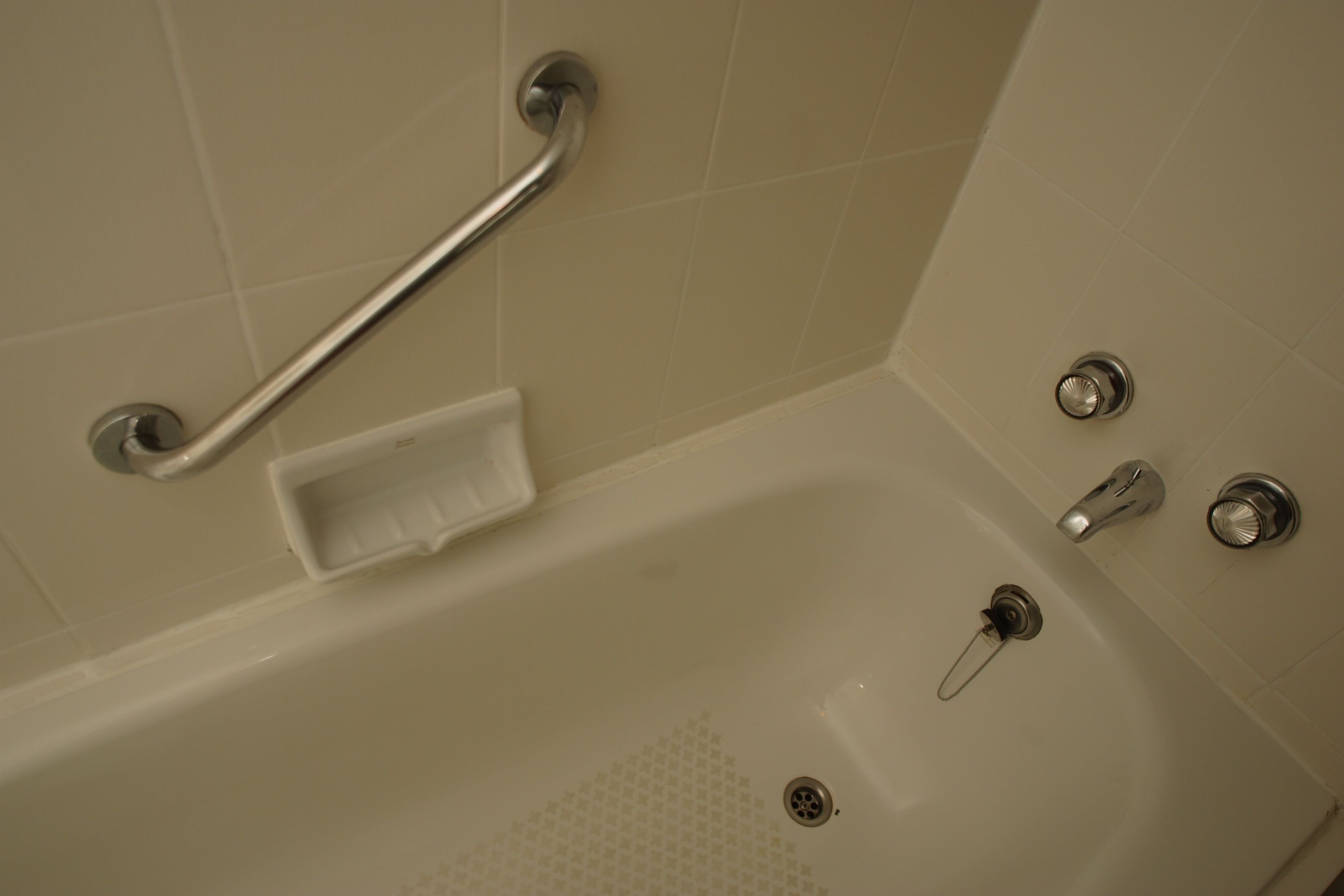
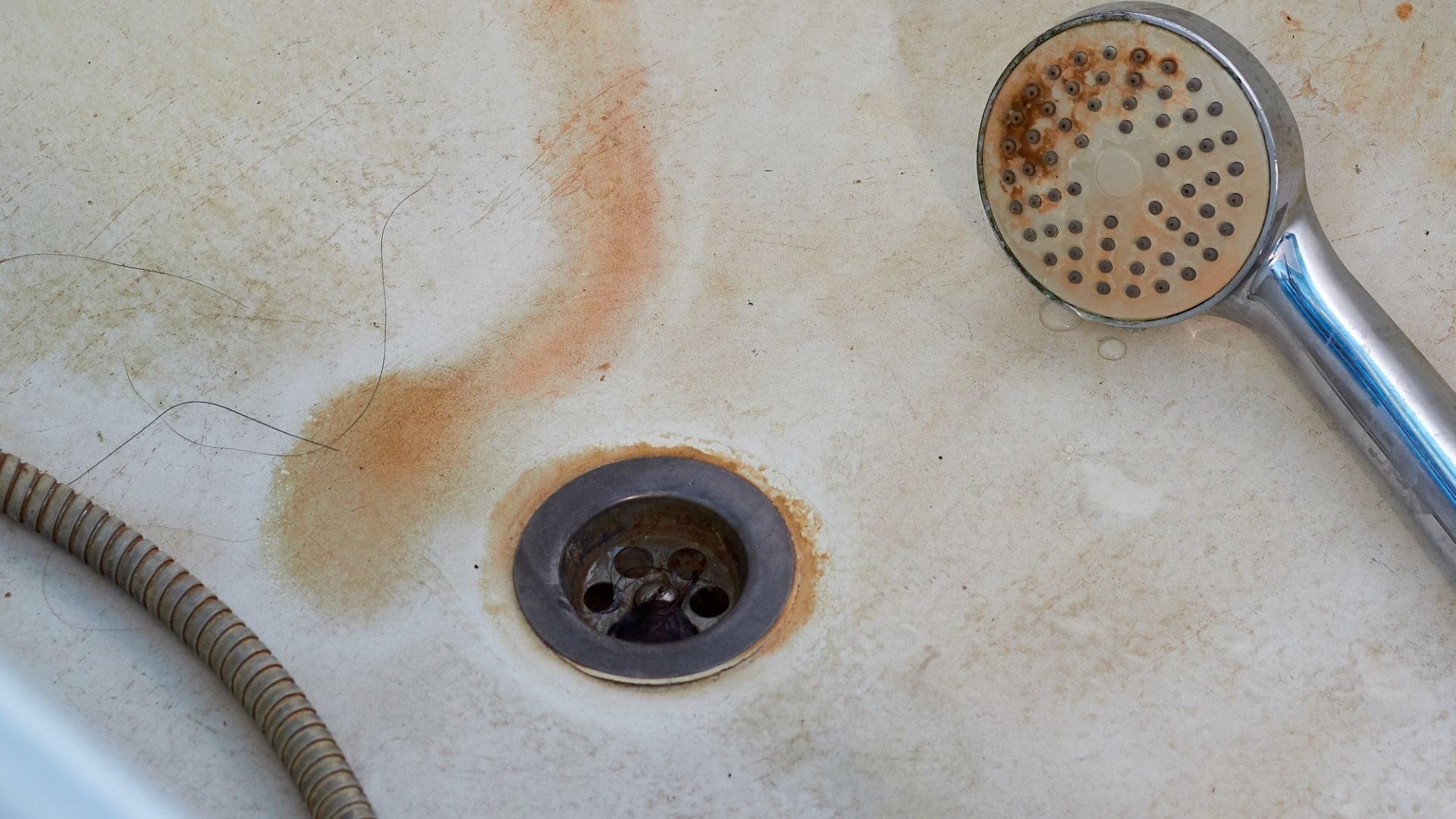
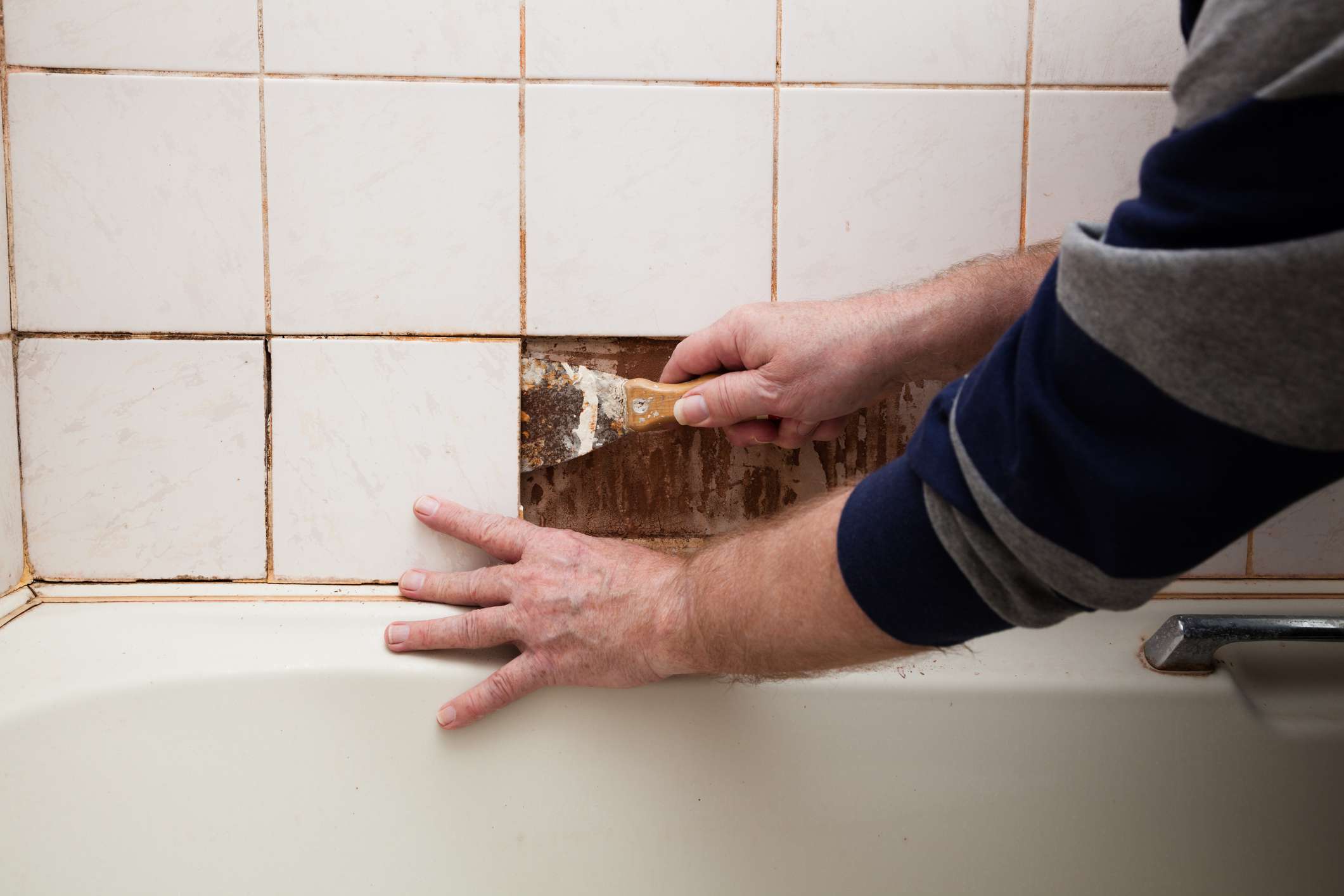
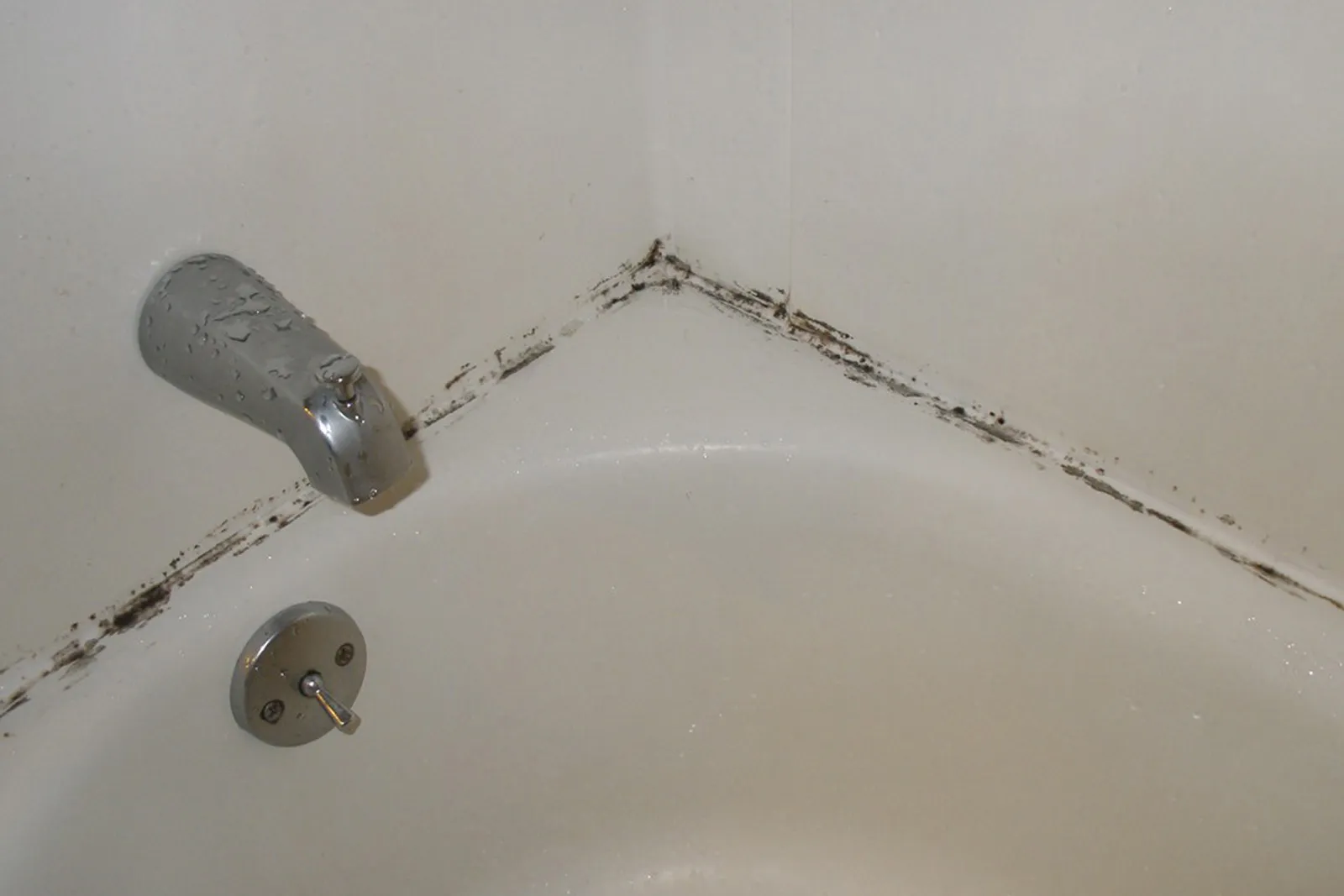
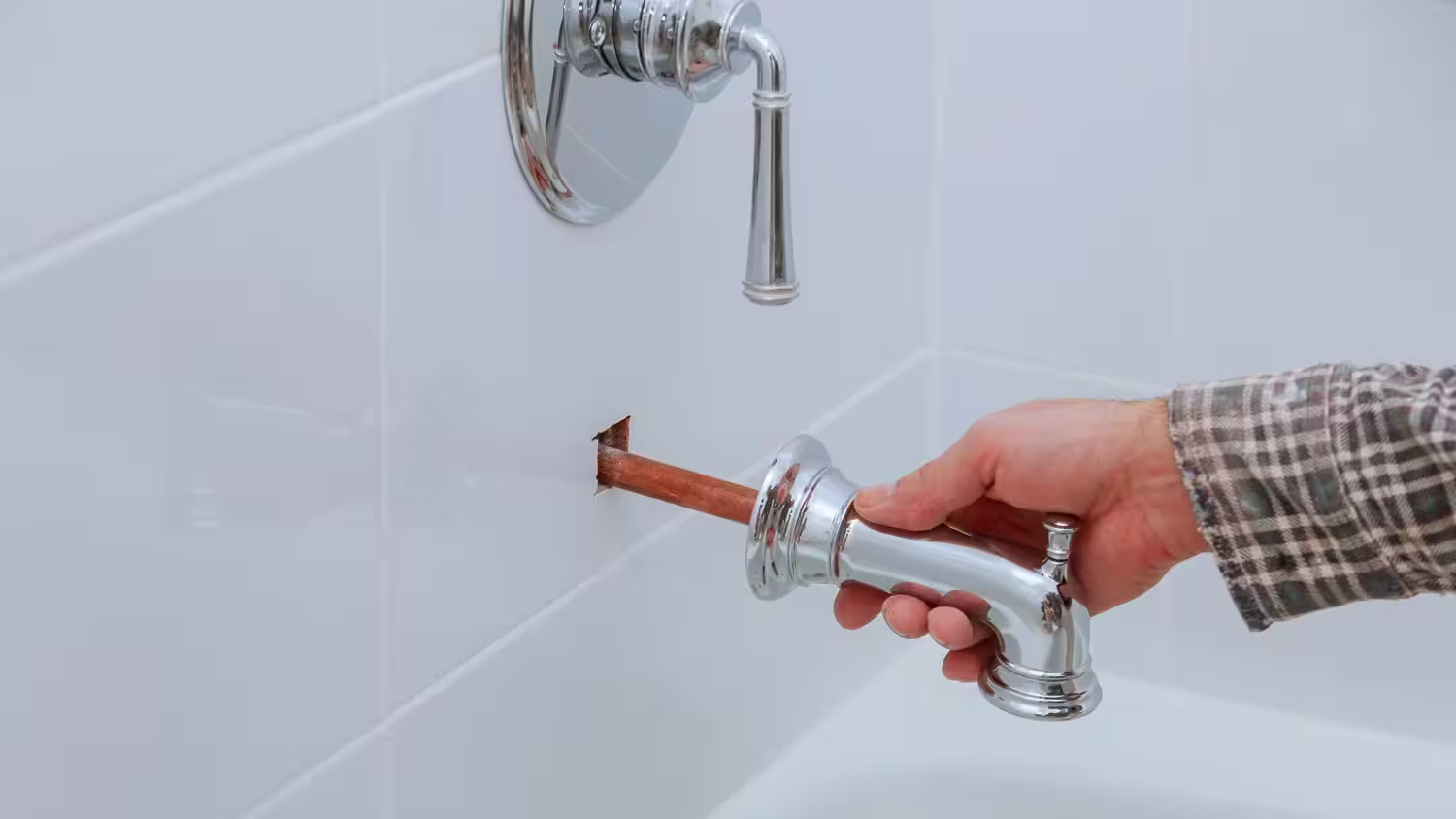
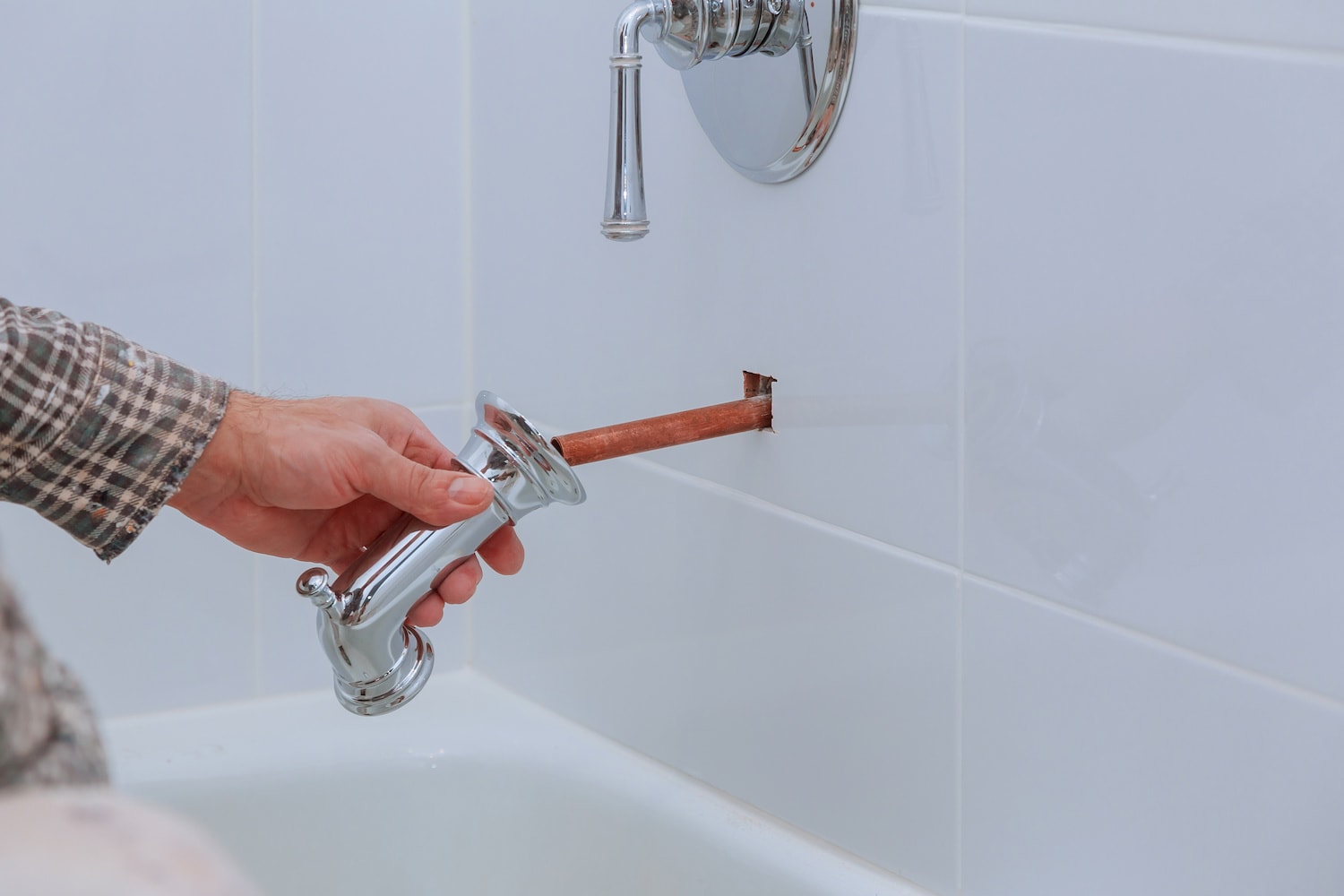
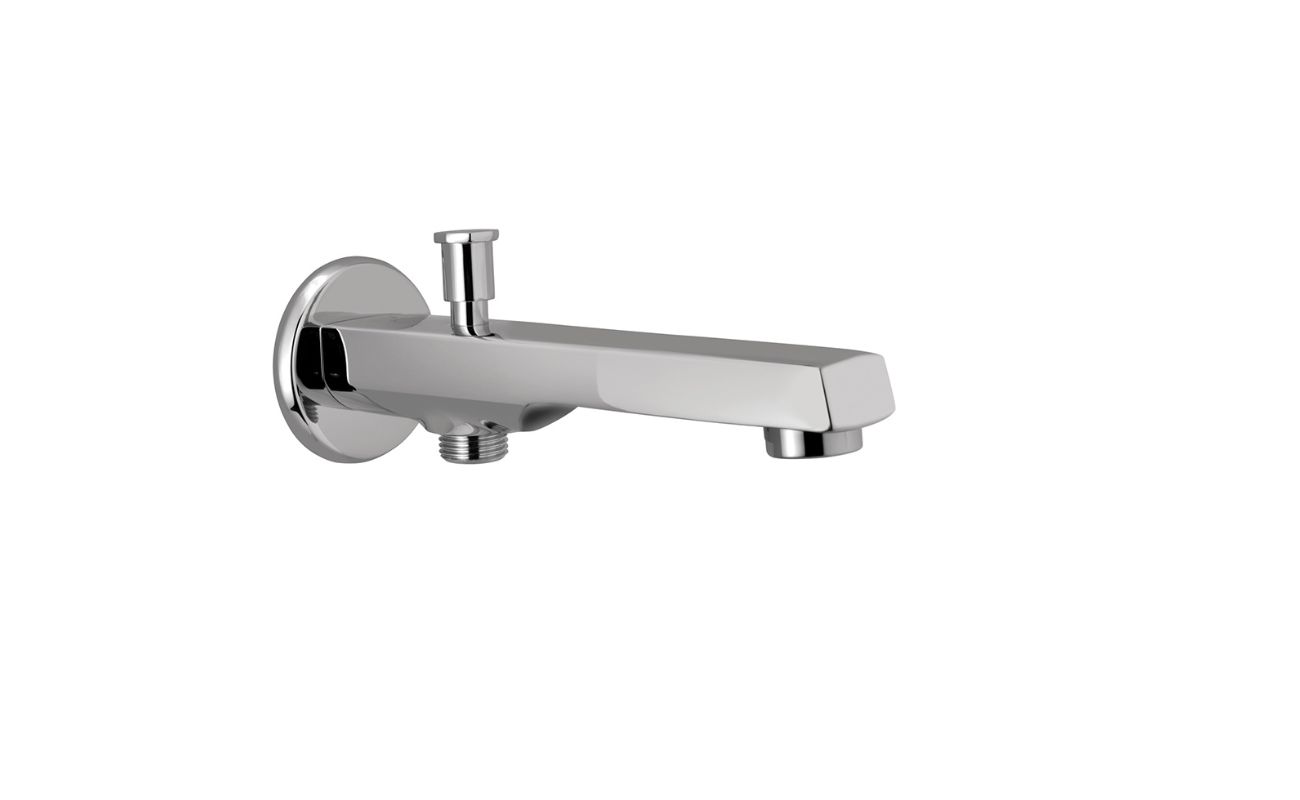
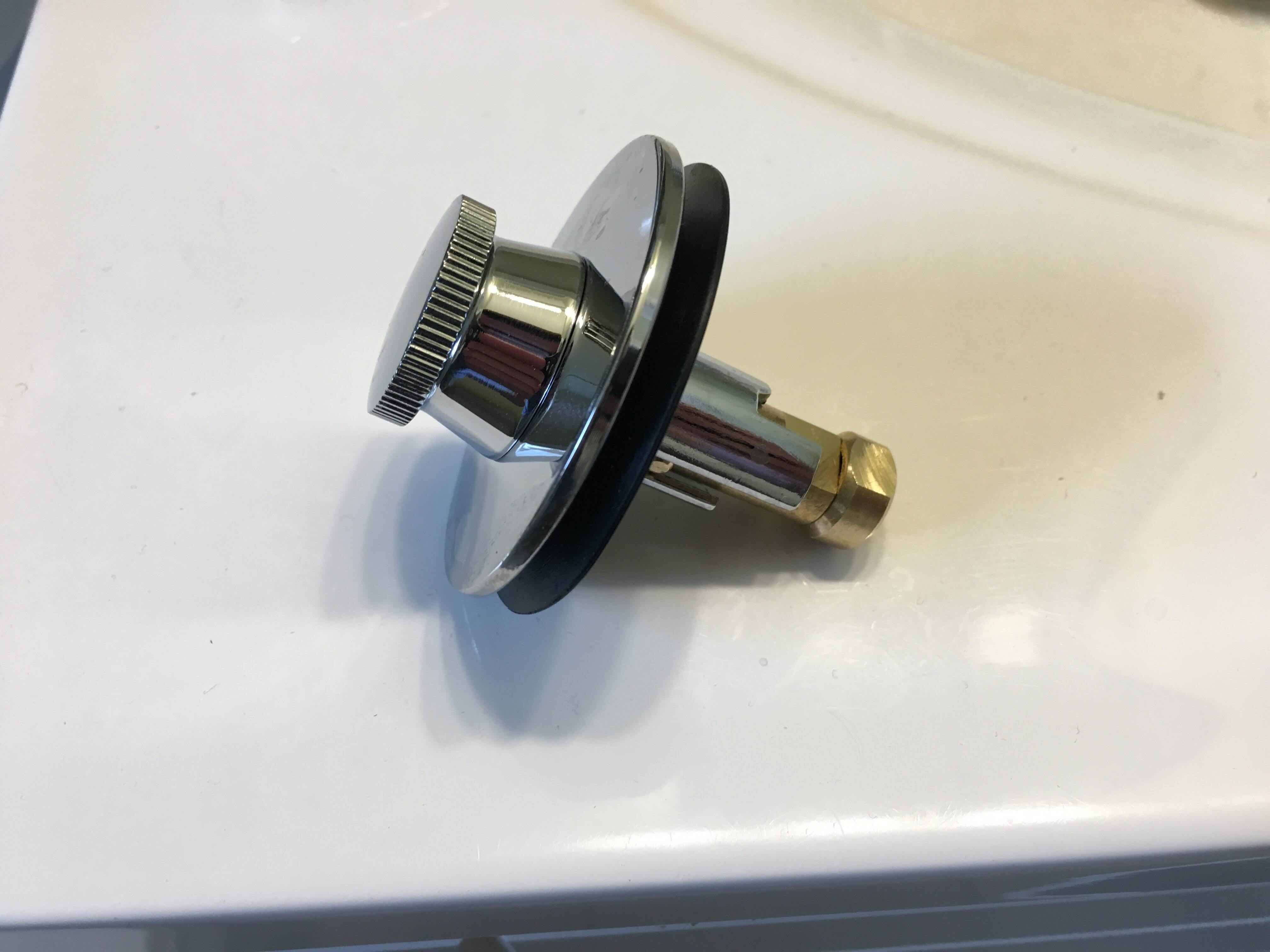
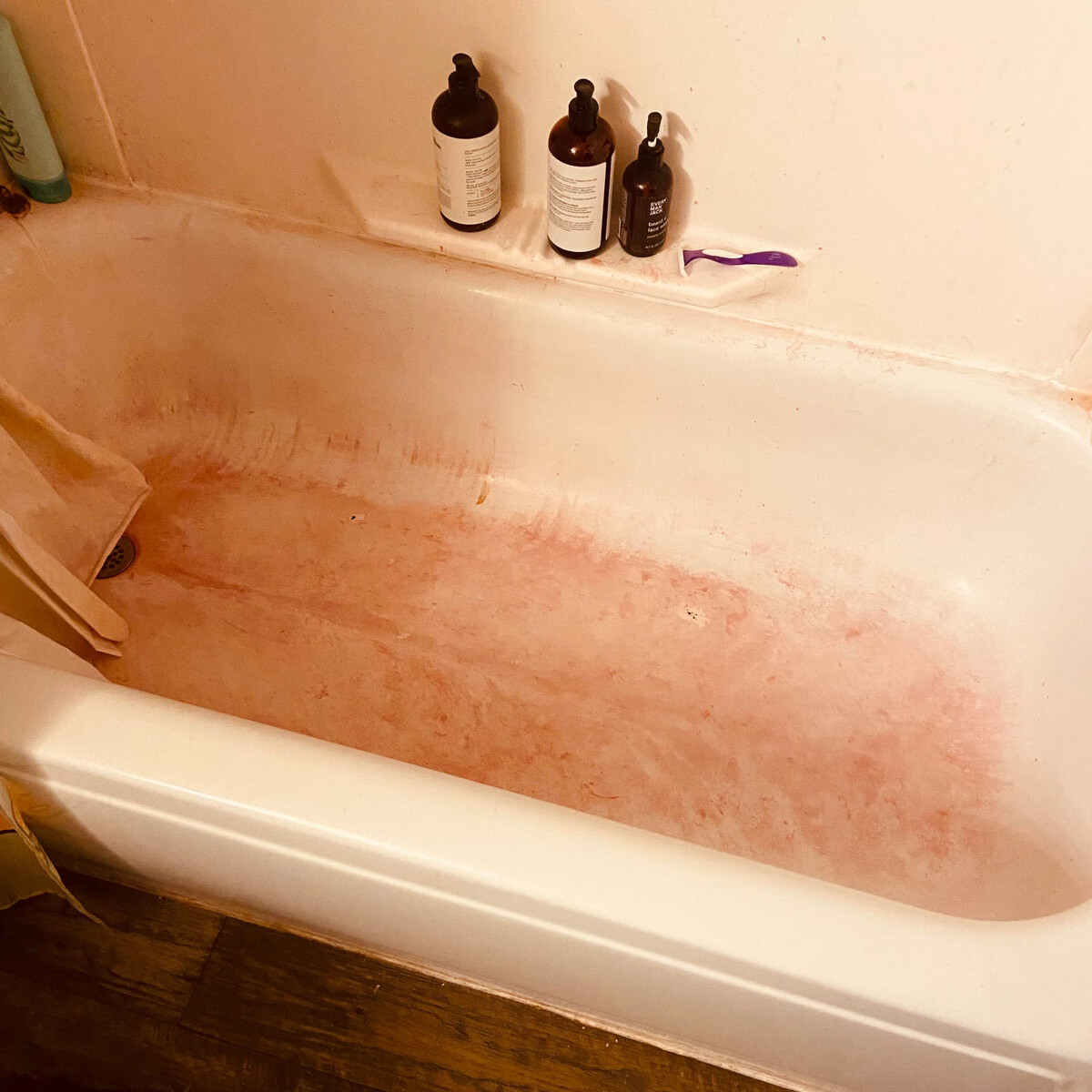
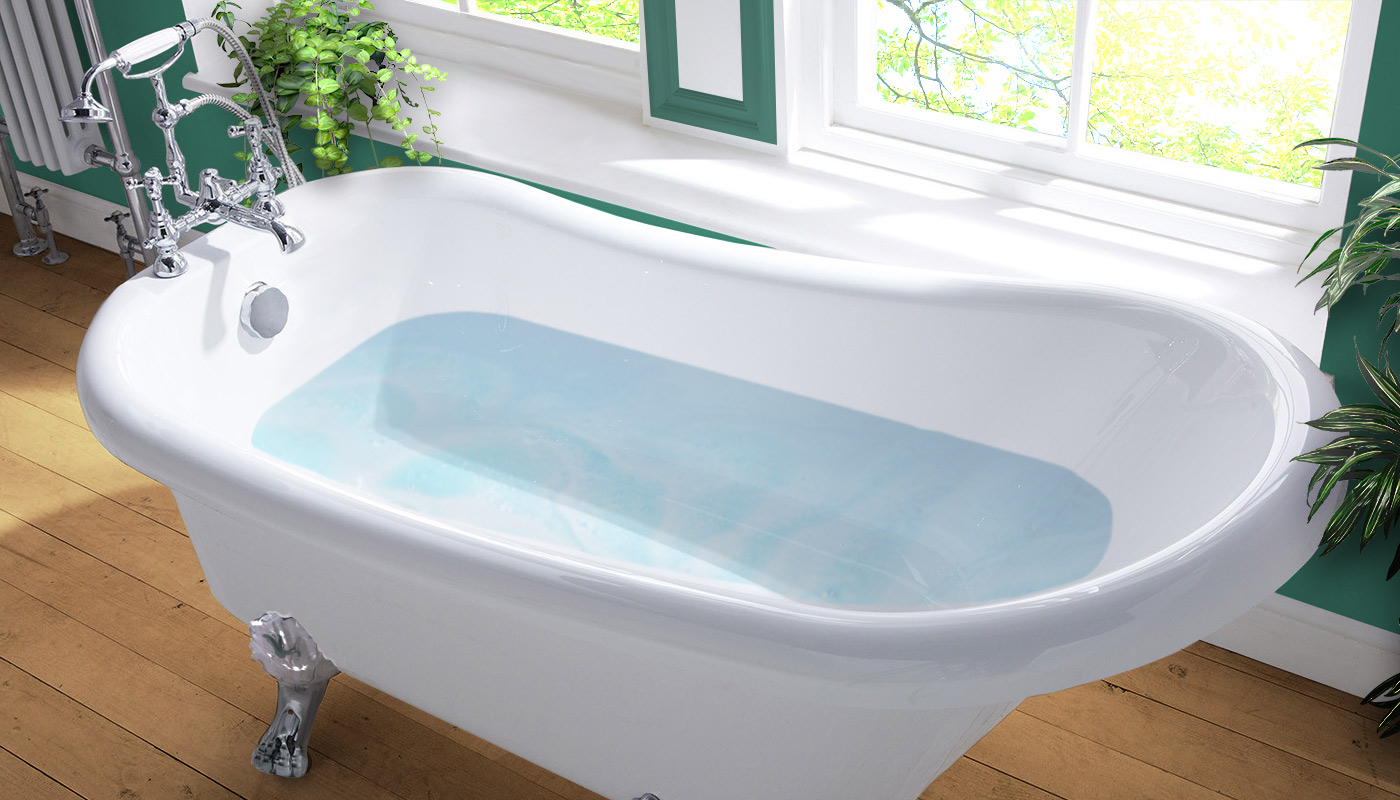
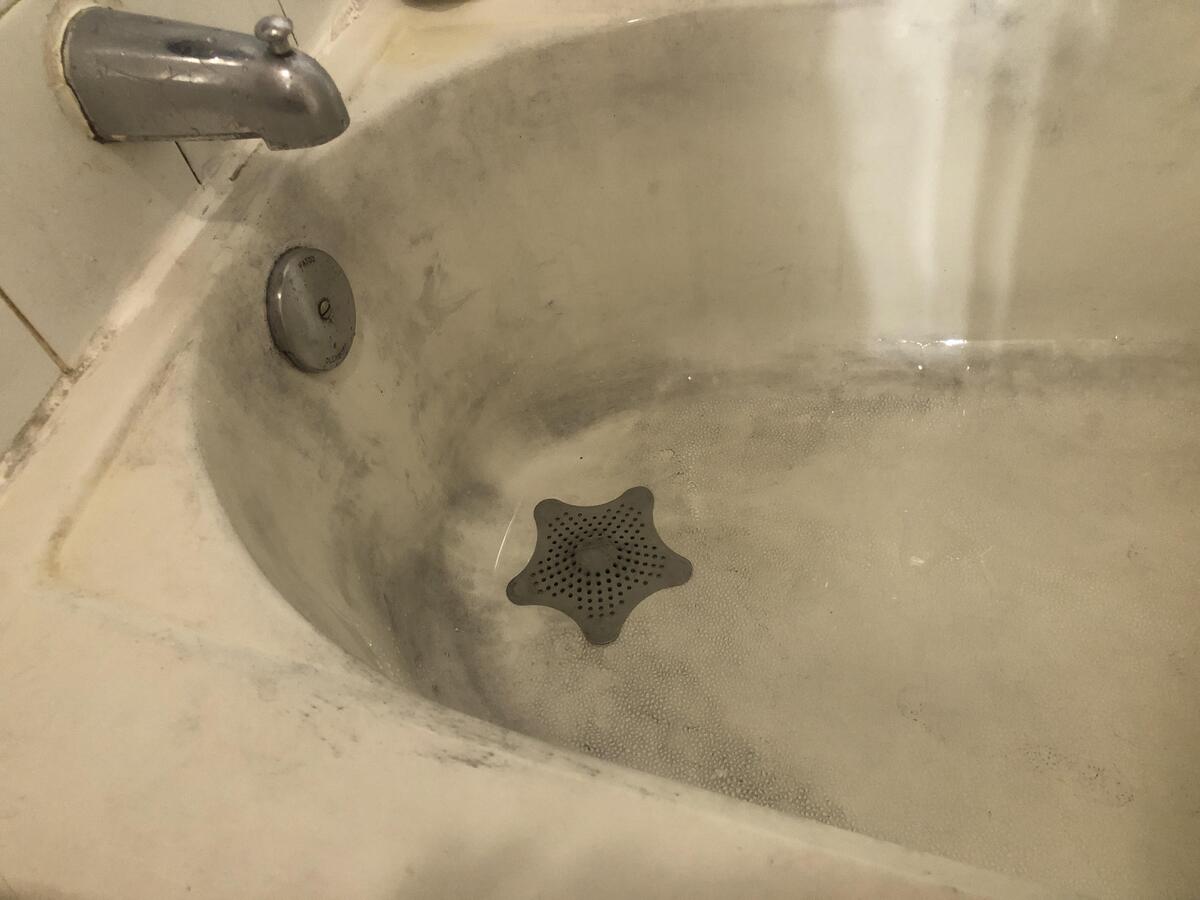
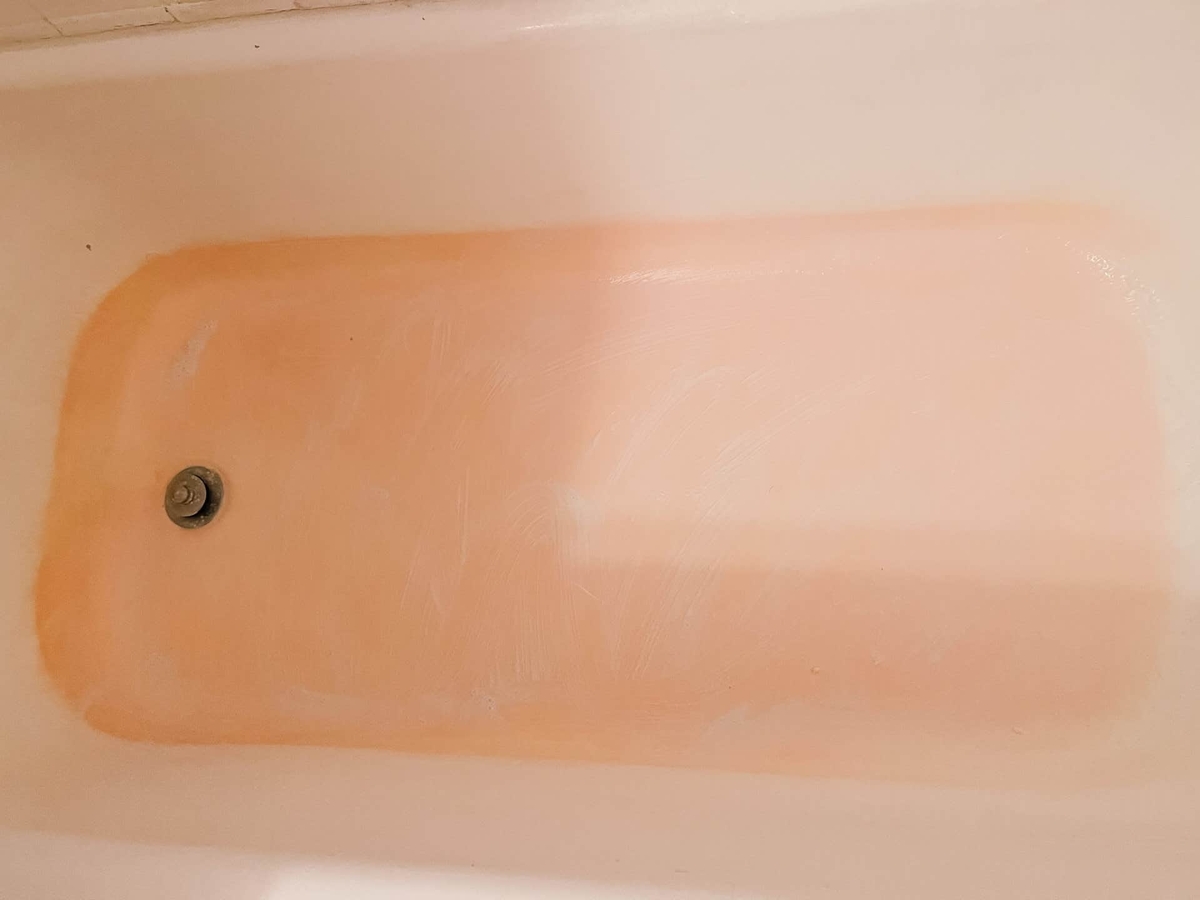

0 thoughts on “How To Remove Stains In Bathtub”